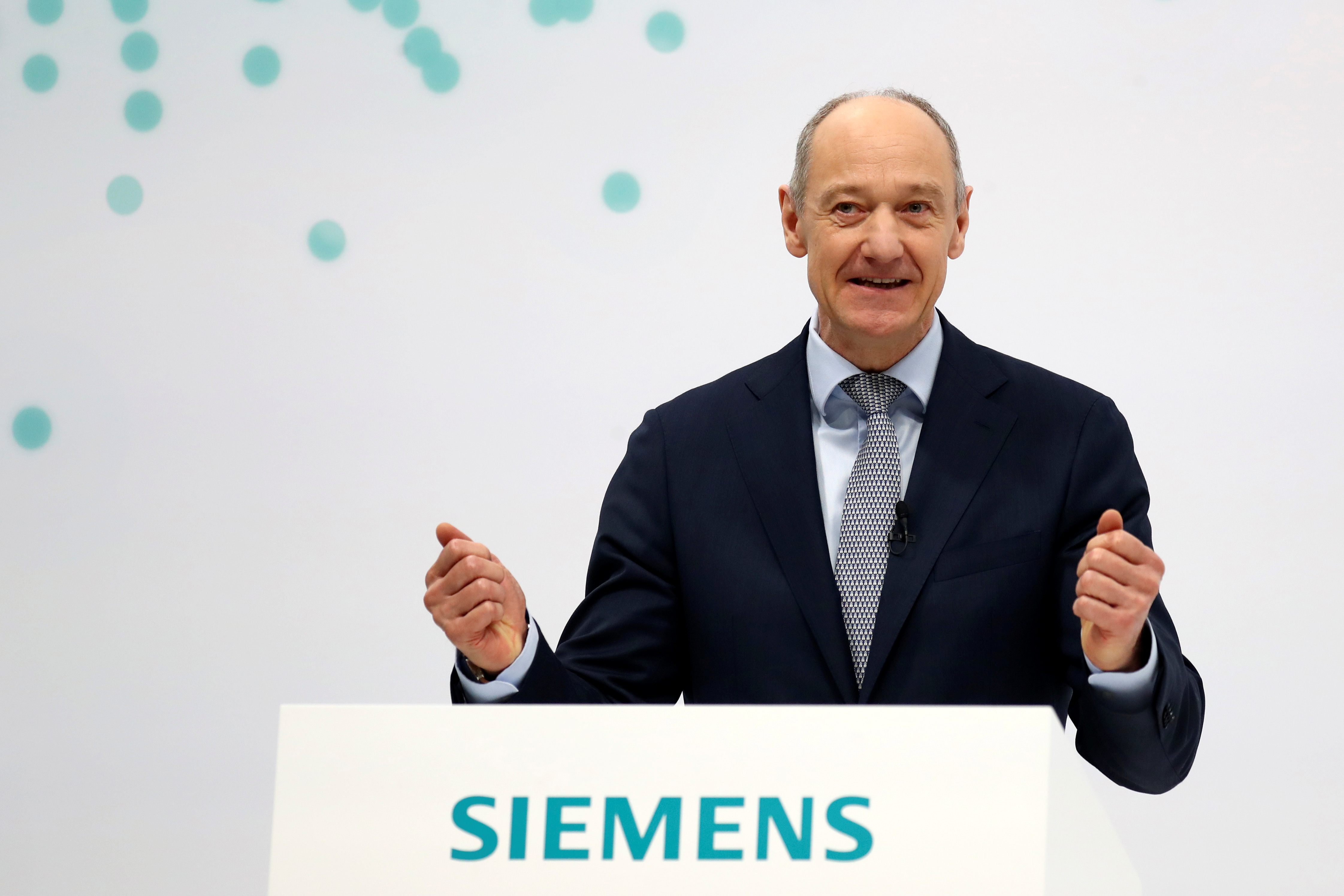9975
0
The new Siemens boss Roland Busch is now fully focused on growth
The new Siemens boss Roland Busch is now fully focused on growth through an increased focus on digitization.

Yazar: Tom Roberts
Yayınlanma: 24 Haziran 2021 14:50
Güncellenme: 21 Mart 2025 22:06
The new Siemens boss Roland Busch is now fully focused on growth
After separating from the energy business last year, the new Siemens boss Roland Busch is now fully focused on growth through an increased focus on digitization. At the capital market day, he announced that sales will grow by an average of five to seven percent annually from the new financial year beginning in September. Four to five percent growth was the goal under Busch's predecessor Joe Kaeser. Busch wants to leverage the potential that Siemens created years ago with its software investments. "Our growth engines are digitization, automation and sustainability," he said. "Our core business and our digital business are mutually reinforcing." With the latter, Siemens has so far generated sales of 5.3 billion euros - around a tenth of the previous group’s sales. An average of ten percent growth is expected here by 2025. At the same time, Siemens promises to increase earnings per share before purchase price allocation (PPA) "in the high single-digit percentage range" - that is, by eight to almost ten percent - and thus more strongly than sales. At the same time, Siemens guarantees the shareholders consistently increasing dividends - a cut like the last one after the spin-off from Siemens Energy should not be repeated. In addition, there will be a new share buyback program from September, which will run until 2026 and, at three billion euros, will be only half as large as the previous one. After the spin-off of the most recently low-margin energy business, Busch is setting a new focus. The former Chief Technology Officer took over the position of Siemens boss from Joe Kaeser in February. He sees the combination of machines and systems with software as the core of Siemens. "With this unique ability, Siemens supports its customers like no other company," he said. In addition to further expansion in the previous core markets, Busch also wants to develop adjacent markets with a volume of 120 billion euros. In addition to in-house developments, acquisitions like that of Varian are also possible - even on this scale if the investment grade rating is not neglected. In the future, Siemens wants to acquire new customers, especially from small and medium-sized companies, by not only making its software offerings available under license, but also by making them available in the cloud for a regular fee. Those who have a subscription are more likely to stay on board, so the thought. In the future, the annual recurring sales will be shown separately at Digital Industries. Siemens also wants to reduce the usual fluctuations from quarter to quarter. Because the changeover initially incurs costs and sales are initially postponed, the most profitable division, Digital Industries (factory automation), remains with the previous margin target corridor of 17 to 23 percent. In return, Siemens is raising the bar for the margin targets for Smart Infrastructure and Mobility, both below and above, by one percentage point each. Building and energy technology is to create 11 to 16 percent in the future, rail technology 10 to 13 percent. The current profit forecast - 5.7 billion to 6.2 billion euros after taxes - is incidentally also without the burdens from the Varian takeover, as Siemens explained. The good business development continues in the current quarter.İLGİLİ HABERLER





European stocks soared and focus shifted to German retail sales after Powell's speech!

Forex Signal For TRY/USD: Inflation Slowdown in November.

Forex Signal For GBP/USD: Bullish Trend Still Not Breaking While Recovery Continues.

Forex Signal For EUR/USD: Starry US Data Points to Higher Fed Increases.

Forex Signal For BTC/USD: Downside Continues as Bitcoin Recovery Moves Less.
En Popüler Haberler
Yorum Yap
Yorumlar
Henüz yorum yapan yok! İlk yorumu siz yapın...